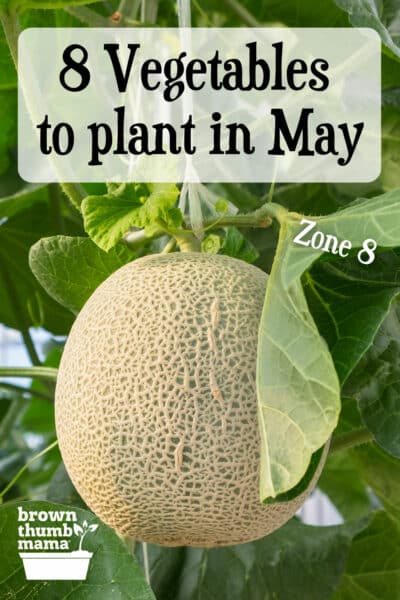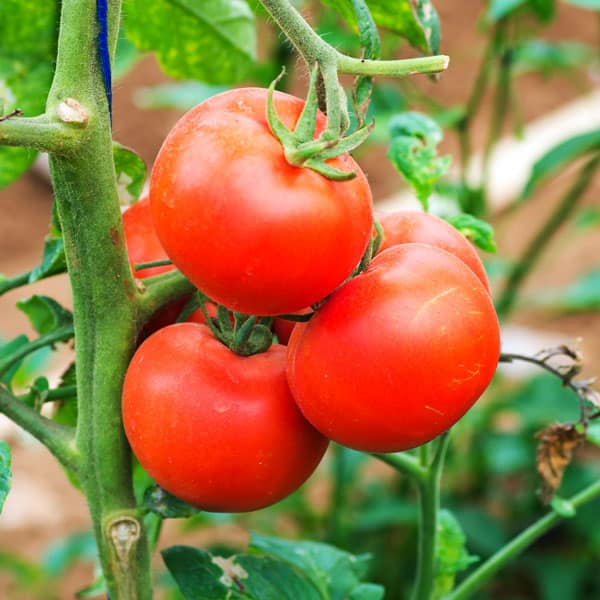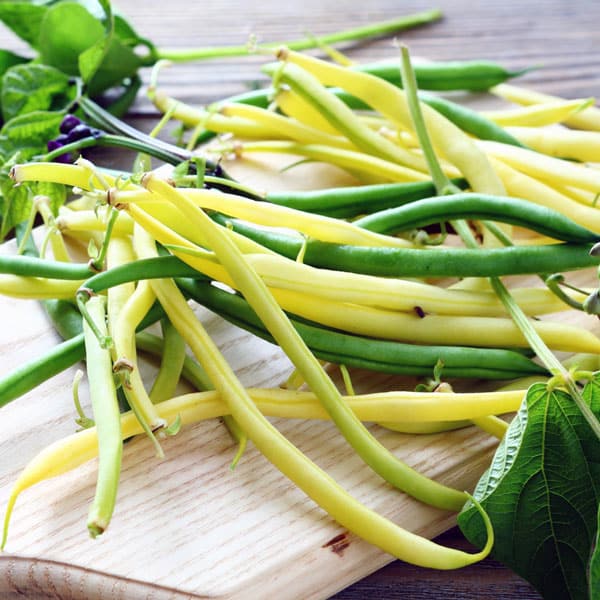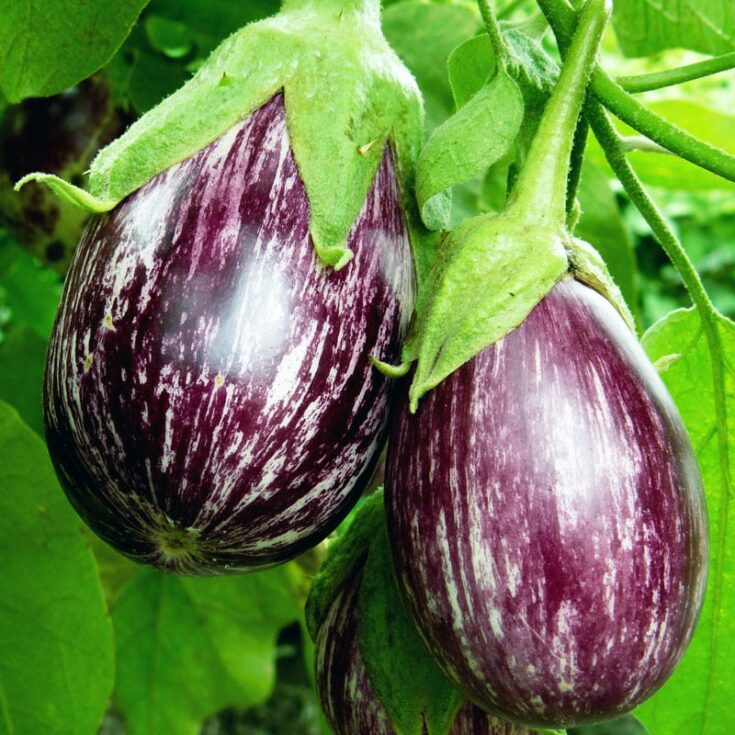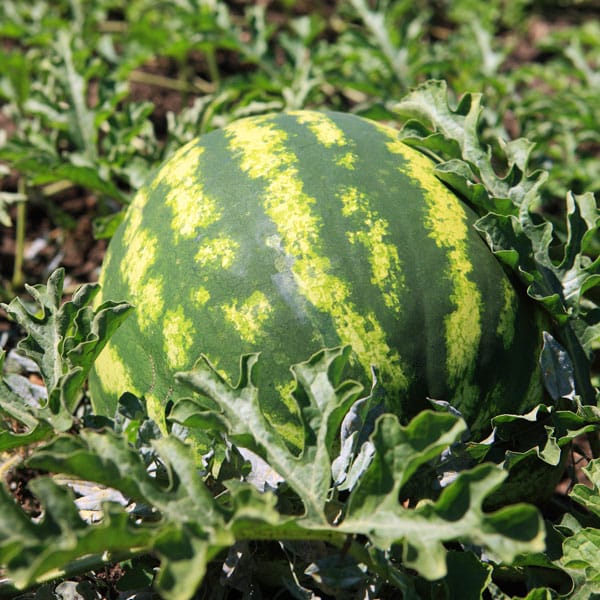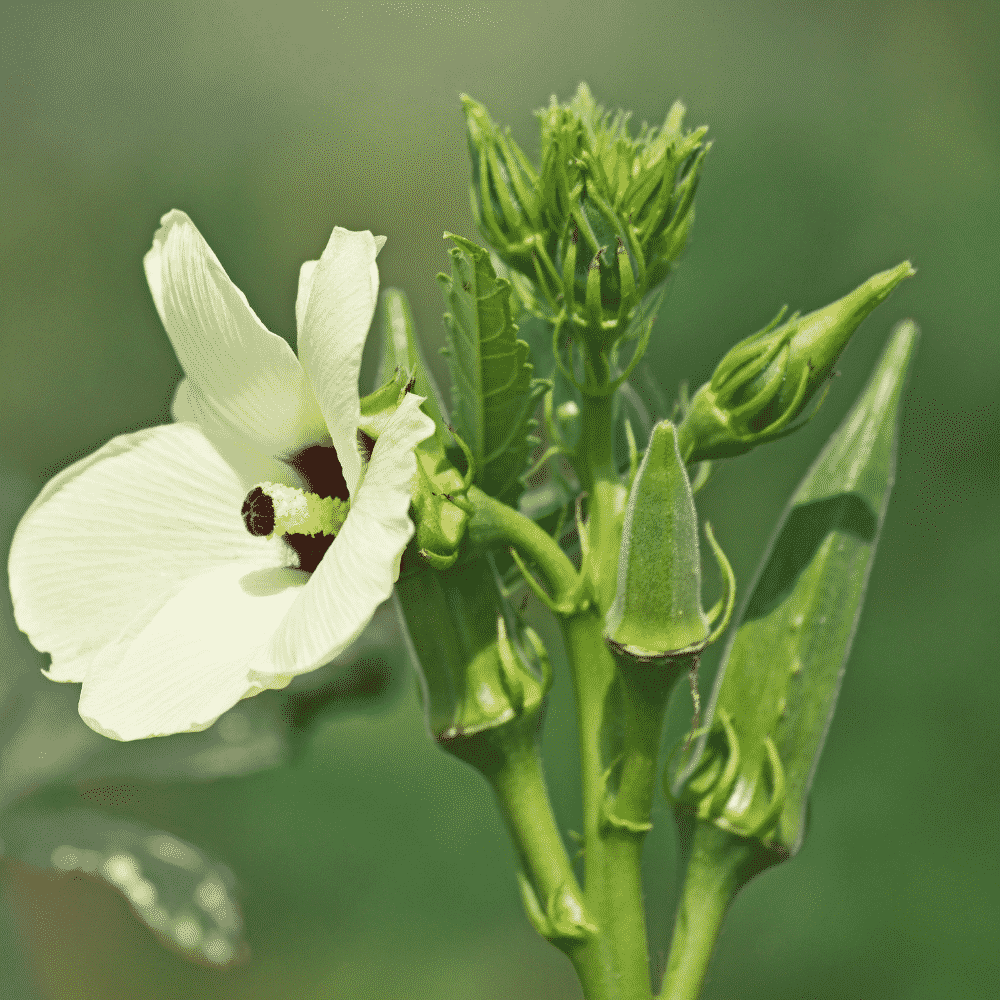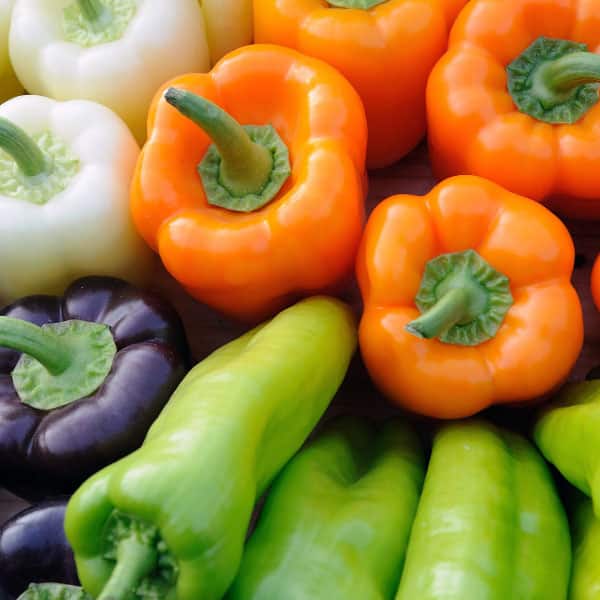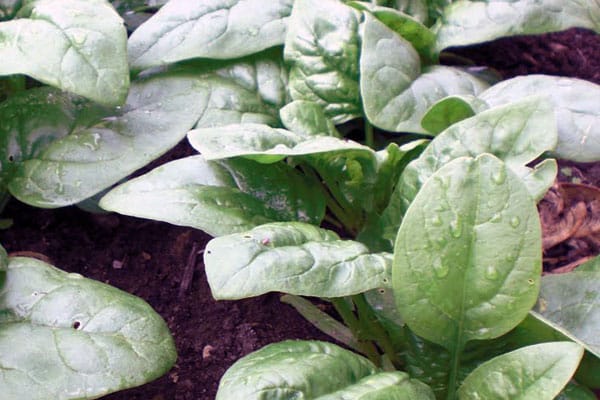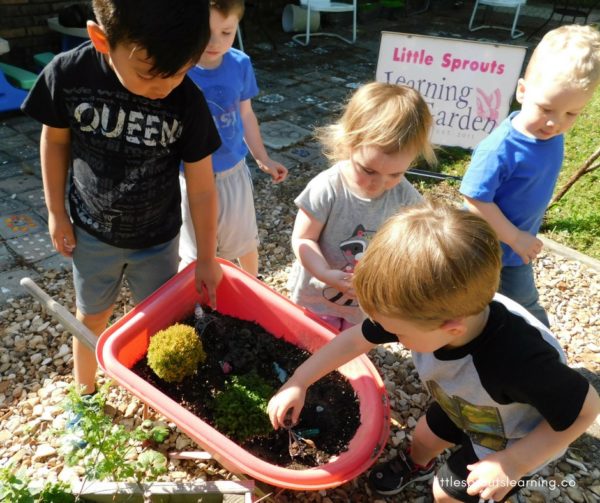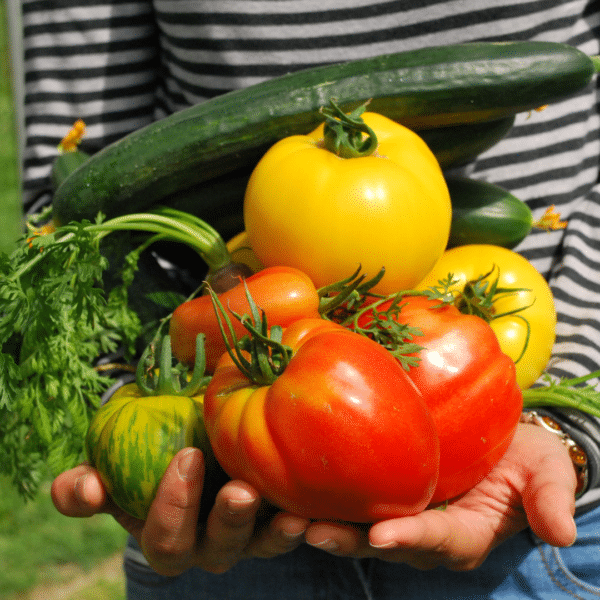This post may include affiliate links.
If you make a purchase, I'll earn a small fee at no extra cost to you.
Here are 8 vegetables to plant in May (Zone 8). Includes recommended varieties, planting tips, and recipes for your harvest!
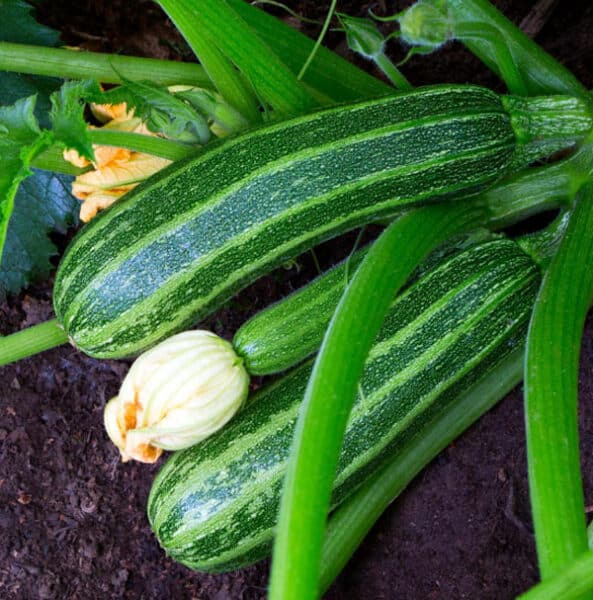
May is here and it’s time to rock-and-roll with our vegetable gardens. Gardeners in cities like Dallas, Portland, Atlanta, Seattle, and San Antonio can plant lots of vegetables in May and start harvesting in just a few weeks.
Are you a brand new gardener? Not sure what to plant or when to plant it? I can help.
You’ll find lots of great information in my new book, The First-Time Gardener: Container Food Gardening.
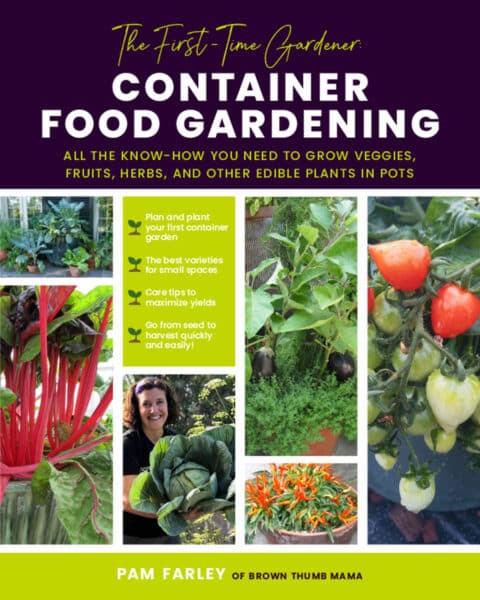
Ready to get out in the garden? Me too. Put on some homemade sunscreen and let’s goooo!
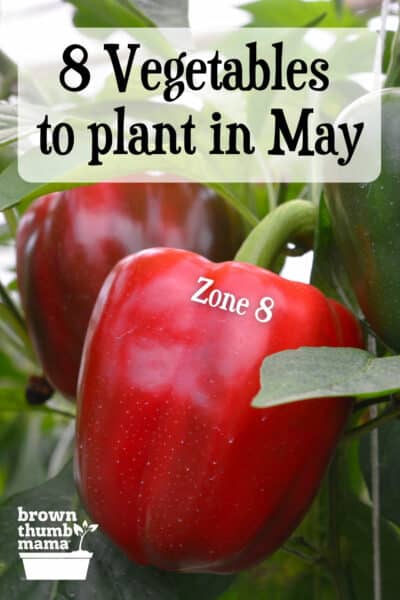
8 Vegetables to Plant in May {Zone 8}
Once you’ve eaten a homegrown tomato, you’ll never want to eat those tasteless blobs from the supermarket again.
Varieties: There are hundreds of varieties of tomatoes you can grow, and many different types--slicing tomatoes, cherry tomatoes, paste tomatoes, and heirloom tomatoes.
My favorite way to try lots and lots of different tomatoes is with the Heirloom Tomato Collection from Botanical Interests. It contains seeds for seven different tomatoes, and you’ll have fun growing them all.
Planting: Plant your tomato seedlings deep, with only an inch or two sticking out of the soil. Tomato plants can be floppy and unruly, so I recommend staking them or using a heavy-duty tomato cage. Blossom end rot is a common issue with tomatoes, so be prepared with these blossom end rot prevention tips.
Recipes: Before you can enjoy your tomatoes on BLT sandwiches or by enjoying them as homemade spaghetti sauce, make sure you know the best way to wash tomatoes.
I always get carried away when planting green beans. There are so many different varieties to try! Calling them “green” beans is not completely correct--there are yellow beans and even purple beans.
Beans grow on two different types of plants. Bush beans, as you can guess, grow on a bushy plant that doesn’t need a support. They produce earlier and have a shorter harvest period. Pole beans grow on a vine, and need a trellis or some other support. They produce later but produce beans over a longer period of time.
Varieties: Blue Lake bush beans are the most common type of green bean, and they have excellent flavor. You can also get Blue Lake pole beans if you prefer to grow them vertically.
My favorite yellow bean (sometimes called wax bean) is Gold Rush bush bean. The slender beans grow in clusters and are easy to see and pick.
Who doesn’t love a purple bean? I like Royal Burgundy bush beans because of their beautiful color and great flavor. Kids love them, and they turn green when cooked!
Planting: Beans are usually direct sowed in the garden. Pole beans will climb, so they need a pole or trellis. Bush beans are great in containers or in raised beds. Both varieties appreciate a scoop of your homemade compost mixed in with the soil when planting.
Recipes: It's easy to have some huge harvests of beans from the garden. Here's my super easy technique for freezing green beans so you can enjoy the harvest all year long.
Eggplant (also called aubergine) is a veggie that likes hot weather, just like tomatoes and peppers. All three of these plants are part of the Nightshade family.
Varieties: Listada de Gandia is a beautiful French heirloom eggplant. Black Beauty is another favorite for its large size and thin skin that you don't have to peel.
Planting: Plant seedlings 18 inches apart--happy eggplants grow into bushes nearly 2 feet tall and 16 inches wide. Stake them shortly after planting, or the weight of the eggplants will cause the plant to fall over.
Recipe: Eggplant is delicious when sliced, brushed with olive oil, and grilled until just soft.
Whether you’re growing watermelon, cantaloupe (also called muskmelon), honeydew, or other melons, you’ll be thrilled with their delicious flavor fresh from the garden. We grow several varieties of melon each year, and harvested a 21-pound watermelon a few years back!
Varieties: Ahhh, where to begin? We love cantaloupe, and Hale’s Best Jumbo cantaloupe is our favorite. The fruit is sweet and thick, with a small seed cavity. Cantaloupe grows on a vine, so you may want to support it with a trellis to save space.
Sweet Delight honeydew is delightfully true to its name. It produces large, sweet, and juicy melons.
Watermelon is a summertime favorite of ours. The kids love growing them and eating them, too. We like Sugar Baby watermelon because it’s small and fits in the fridge. For fun, plant Mountain Sweet Yellow watermelon because it has yellow flesh instead of pink.
Planting: Melons of all types like to be planted outdoors in warm soil. They’re heavy feeders, and appreciate soil that’s mixed with your homemade compost. Here are some tips on when to harvest your watermelon for the best, sweetest fruit.
Recipes: Try this crisp, refreshing watermelon limeade recipe on a hot, summer day. So good!
Okra, like eggplant, is a vegetable that likes hot weather. It’s tough to start them from seed (they only have a 50% germination rate), so get seedlings from the garden center if you can.
Varieties: Clemson Spineless 80 is a reliable variety. It’s called “spineless” because okra plants have tiny hairs (spines) all over them that can cause an allergic reaction. You may want to wear gloves when harvesting them.
Planting: Okra plants can get big and bushy, so give them about 2 feet of space to spread out.
Recipe: There's more to okra than breading and frying. Sheet Pan Bhindi Masala is easy and delicious.
Peppers love hot summers, and there are so many fun varieties of both sweet peppers and hot peppers that you can try many different types every year.
Varieties: Oh my goodness...there are so many types of peppers to plant! I’ve started growing some in the front yard because we ran out of room in the backyard.
California Wonder is my favorite type of sweet pepper. They grow into a large, uniform shape that’s great for making stuffed peppers. When unripe, they’re green and when fully ripe, they turn red.
There are about a million types of hot pepper, and we like to try them all. The best way to do this is to get the Chile Pepper Collection from my friends at Botanical Interests. You’ll get an assortment that goes from really hot to scorching!
Planting: Sweet and hot peppers are tough to grow from seed, so I recommend planting seedlings from your local garden center. Learn about planting and growing bell peppers.
Recipes: We usually grow both hot and sweet types--if you end up with too many, you can freeze the bell peppers and dry the hot peppers for use later in the year.
Pumpkins are easy to grow from seed, and there are many different types--teeny decorative pumpkins, white pumpkins, carving pumpkins, pumpkins for making pies, novelty pumpkins covered in warts...it’s hard to decide.
Varieties: I like to grow Howden pumpkins for making jack-o-lanterns, and Lumina, which are white pumpkins, to surprise the kids.
Planting: Pumpkins are easy to grow and need lots of space. Here are my tips on growing and planting pumpkins.
Recipe: Once you harvest your pumpkins, save the seeds and make Roasted Pumpkin Seeds.
Zucchini and summer squash are the easiest vegetables to grow from seed. A couple of plants will produce more squash than most families can eat! This is probably why there’s a gardeners’ holiday called “Sneak Some Zucchini on Your Neighbor’s Porch Day”.
Varieties: Cocozelle zucchini is delicious and buttery. It's beautiful, too: the dark green fruits have light green vertical stripes. Have fun in the garden with Max’s Gold summer squash, with its beautiful yellow color and Jaune et Verte pattypan squash, which looks like a stripey spaceship.
Planting: Start zucchini from seed in July and you'll be eating it as early as September. Haven't grown it before? Here’s everything you need to know about planting and growing zucchini.
Recipe: Stir-fry zucchini with bacon and onions, or shred and make Zucchini Fritters.
Want to know what to plant every month?
Knowing which vegetables to plant in each growing season ensures your plants will thrive and give you a great harvest. Check out my Vegetable Garden Planting Schedules so you know exactly what to plant each month of the year.
